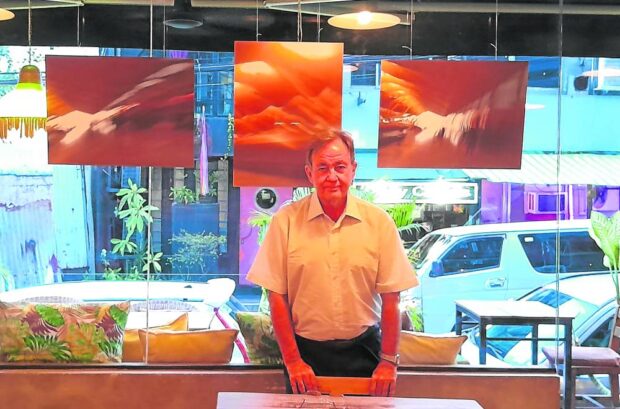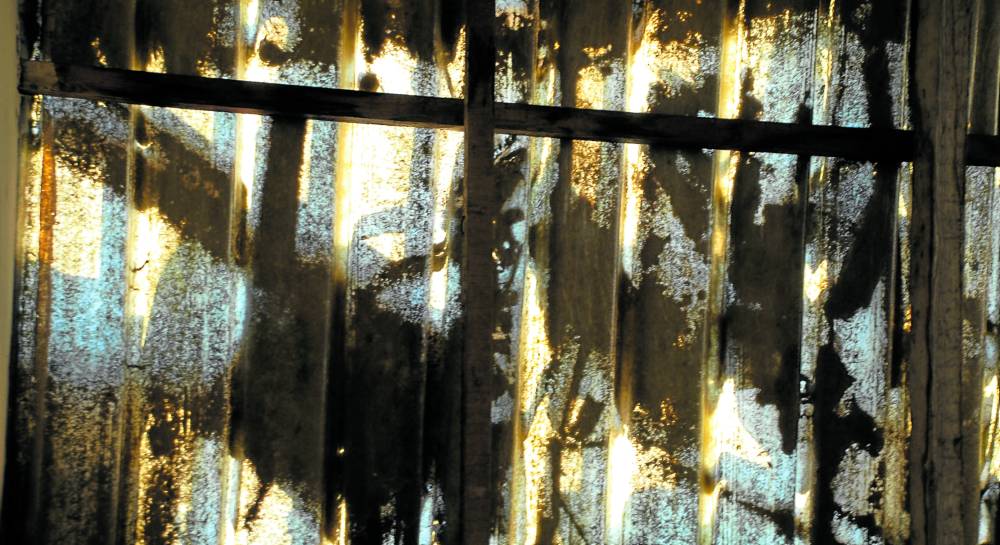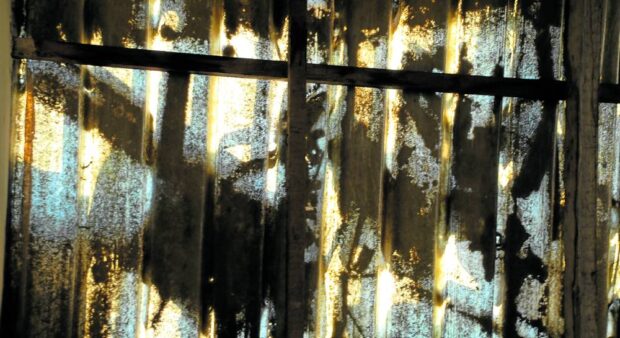
With mixed emotions, Javier Galvan bid farewell to his girlfriend who was returning to Algeria from the Madrid airport. To some people, letting go can be liberating while to others, it is crushing.
Suddenly, abstract images flashed in his mind. Galvan took out his camera, adjusted the shutter speed, calibrated the lens opening and moved his gadget as he photographed a corner with light source coming from the windows.
While the airport—a major hub in Europe—was bright, just as it needs to be, the resulting images revealed the opposite. Instead of a realistic documentation of a busy departure terminal, the photographs portrayed dappled blurs of light, suggestive of a bird in flight, fleeting figures, clouds and ghostly forms set against dark brown and rust backgrounds.
Galvan’s world had turned upside down then, and the somber tones and hazy forms of the photographs became visual metaphors of his emotions. These photographs form a triptych in his exhibit “Painting With Light” at the Element Boutique Hotel in Poblacion, Makati, until July 30.
Now on his second term as director of Instituto Cervantes, Galvan has been prolific in the Philippines for his talks, cultural essays, paintings and fine art photography, a style that conveys the photographer’s emotions and visions. The most striking works at the show are the abstract impressionist photographs, a play of movement and negative and positive forms or darkness and light in ambiguous shapes.
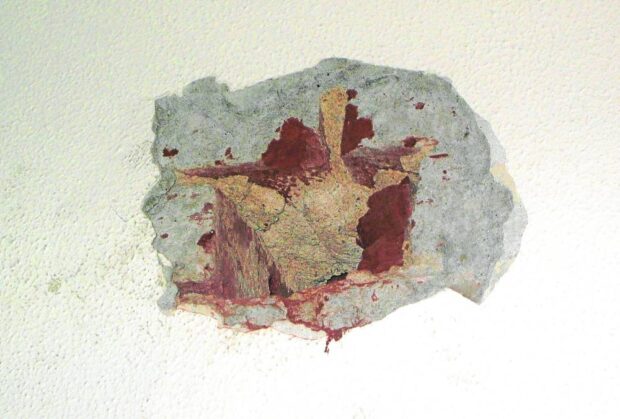
Building details
With the eye of an architect, he focused on building details that people would take for granted. Restoration of historical structures is one of his fortes. Two tight shots of blistered and stained plaster on old walls look like abstractions. They are aptly titled “Efflorescence,” a construction term for mineral deposits in concrete that deteriorate the surface.
“Effloresence I” is a nod to Antoni Tapies, the Spanish painter who went through a phase of abstractions using earthy materials and textured surfaces. “Efflorescence II” is a tribute to the late society photographer Alex Van Hagen, who discovered aesthetics in flawed surfaces.
The architectural patterns of the skylight of a 19th-century French-style luxury building in Oran, Algeria, becomes an abstract composition of shadows, diffused light and faded paint. Motion blurs of a passing tram and fire in a garbage can during a riot in Algeria are translated as hazy, irregular forms and strong color contrasts.
During the pandemic, Galvan visited the late painter Betsy Westendorp, who was known for her society portraits, atmospheric subjects and flowers. Weakening in health, Westendorp felt alive again when she and Galvan painted together in her Makati apartment. Two photographs, “Maligayang Pasko” and “Caracola (Snail),” were abstract impressionist paintings that have been photographed and printed on canvases. Unlike the sober, masculine tones of his photographs, the softer colors suggest a light-hearted mood.
Galvan notes that art and photography are merely hobbies for him. He had been an architect before being assigned to head the Instituto Cervantes.
“As a practicing architect, you have to be open to all kinds of jobs,” he says. He’s designed residences, villas, hotels, resorts and the former Instituto Cervantes building in Ermita, Manila, which is now home of the Film Development Council of the Philippines. That building stands out on Kalaw Street for the contemporary design with Spanish influences and Filipino architectural aesthetics on light and spaces. One of its best features is the cinematheque which used to present Spanish movies and now previews local films.
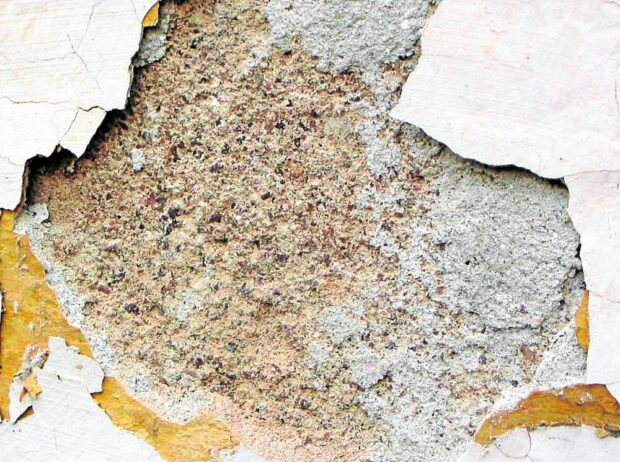
Long way
Galvan says he’s come a long way with the Philippines. He arrived here in 1993 as an architect to work with the master planning of Baguio and Dagupan after the earthquake in 1990. During his stay, he was impressed with the Spanish colonial churches and ancestral homes in Vigan, Ilocos Sur. The following year, he received a grant from the Spanish government to study Vigan and propose a master plan for its rehabilitation.
During the 1998 Philippine Centennial, Galvan participated in the exhibit, “Manila Occidente en Oriente,” a pictorial evolution of Manila and its grandeur during the Spanish era, at the cloister of San Agustin Church. Likewise, he embarked on a project of the Spanish Ministry of Culture to study Spanish influences in some countries in the Pacific Islands. He then put up an exhibit at San Agustin Church and wrote a book.
He toured around the Philippines, studying churches and vestiges of colonial architecture, which became the subjects of his doctoral dissertation at the Escuela Técnica Superior de Arquitectura de Madrid (The Higher Technical School of Architecture of Madrid).
With his deep knowledge of the Philippines and its ties to Spain, the Ministry of Foreign Affairs’ cultural relations office tapped him to head the Instituto Cervantes Manila. Initially, Galvan was hesitant since Instituto has been known as a language school and cultural center. Nevertheless, his first posting lasted the full term from 2001 to 2006.
“Living in the Philippines changed my life and my work,” says Galvan. He has since been posted in Morocco, Algeria and Madrid and returned to the Philippines in 2019. In all his postings, he took photographs in realistic and impressionistic styles. His works were exhibited last year at the Leon Gallery International. The proceeds of his exhibits go to his chosen charity such as the Kalipay Negrense Foundation.
Like many expats, Galvan has a strong affinity for the Philippines. “We feel at home,” he says.
